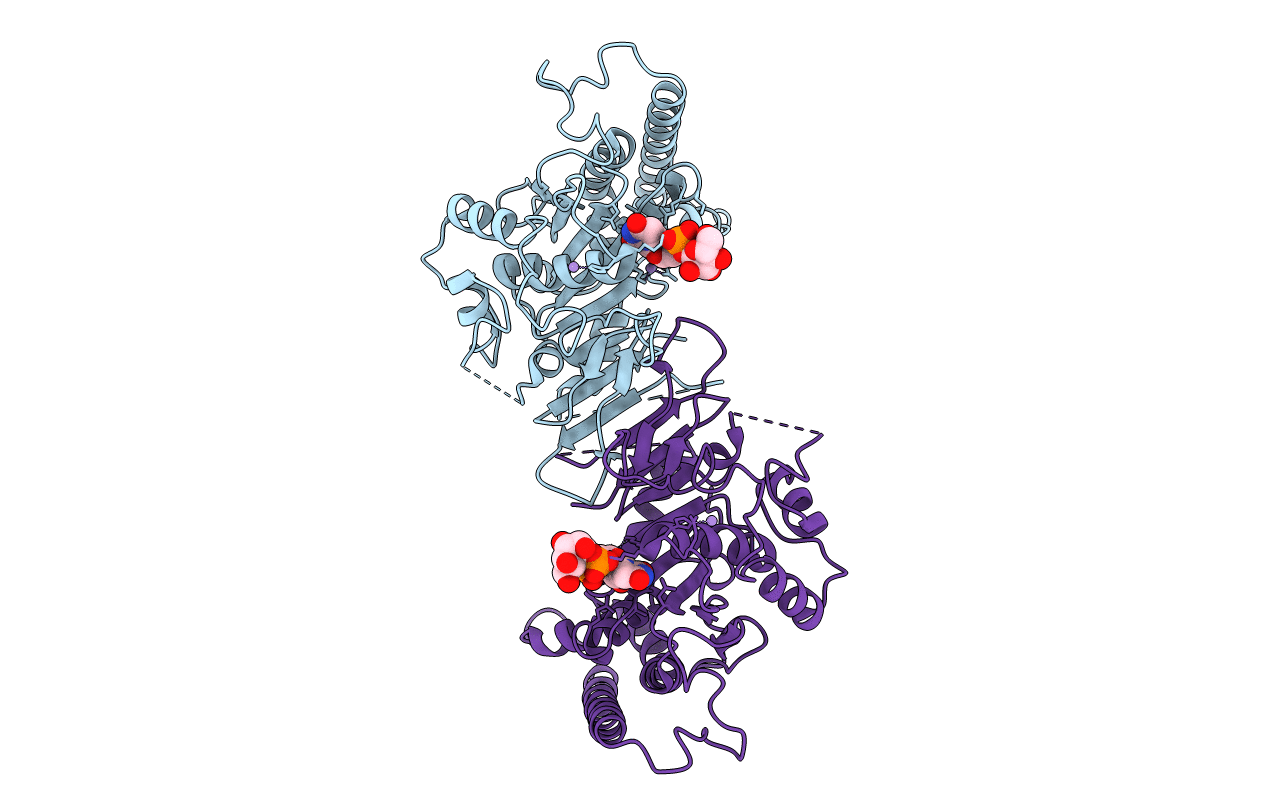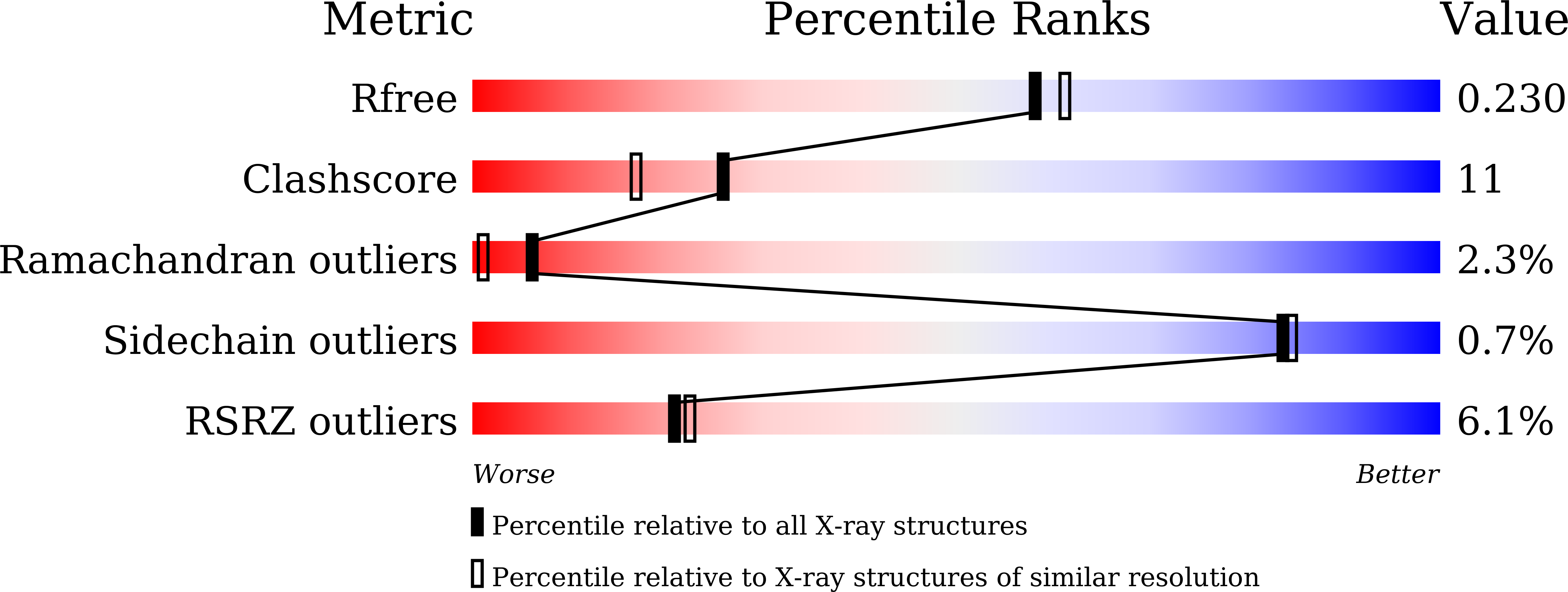
Deposition Date
2020-07-15
Release Date
2021-03-17
Last Version Date
2024-10-23
Entry Detail
PDB ID:
7CK2
Keywords:
Title:
Crystal structure of Arabidopsis CESA3 catalytic domain with UDP-Glucose
Biological Source:
Source Organism:
Arabidopsis thaliana (Taxon ID: 3702)
Host Organism:
Method Details:
Experimental Method:
Resolution:
2.05 Å
R-Value Free:
0.23
R-Value Work:
0.21
R-Value Observed:
0.21
Space Group:
P 1 21 1


